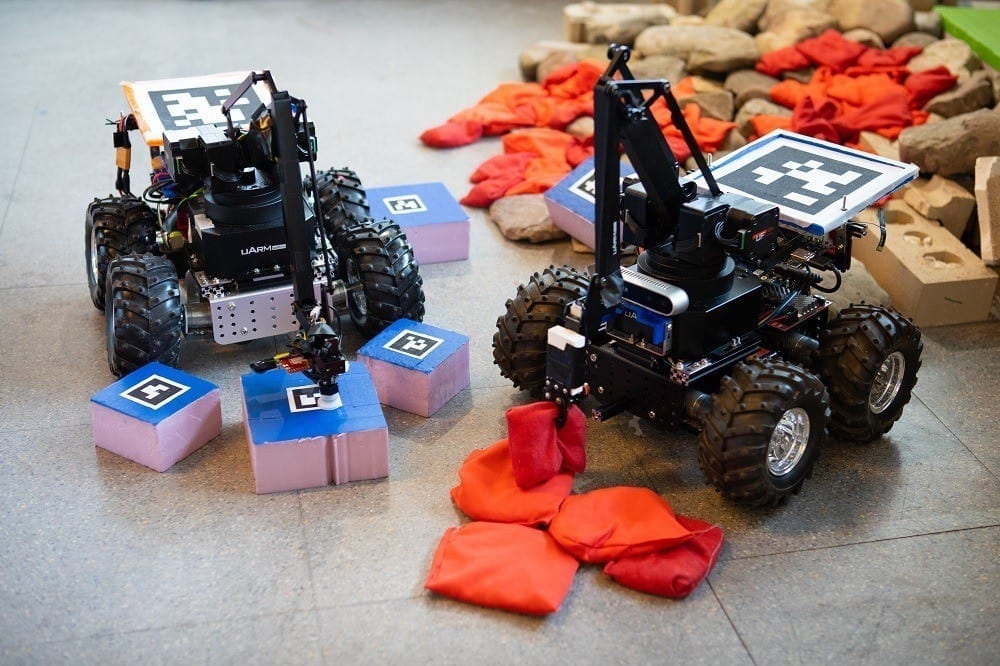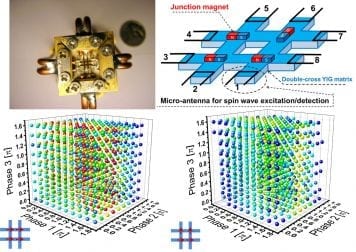
The world is one step closer to the day when people can, in good conscience, drive to work while sipping coffee, texting with a friend and working on a laptop computer.
On Friday, Google announced that sometime this summer several prototype versions of its self-driving cars are set to hit the streets of Mountain View, Calif., the search giant’s hometown. The move is still just another round of testing but it is a significant step toward a pilot program in which regular consumers could ride in self-driving cars.
Google has long been testing its self-driving car technology with a fleet of Lexus sport utility vehicles that have driven about a million miles on public roads, and that continue to put in 10,000 miles each week.
Traditional automakers are also pushing the envelope of driverless tech with on-the-road testing of their own autonomous prototypes, and the industry predicts that by 2020 those dreams could come true.
Getting there is now much more about software than hardware. The systems of radar, lasers and cameras currently used by Google and automakers have grown so sophisticated that the vehicles can easily monitor the road in all directions — even beyond what the eye can see. The tough part is figuring out what to do with all that information.
Google Self-Driving Car Tests Set for Summer
The first autonomous vehicle Google has made will hit public roads in northern California for tests this summer, reports Phil LeBeau of CNBC.
In essence, the cars need an electronic brain that knows how to drive in a world where human drivers, as well as pedestrians and bicyclists, often do unpredictable things.
They also need to understand regional differences. Drivers in Boston, for instance, often behave differently than those in Atlanta or Los Angeles, where unspoken rules of the road and cultural cues can vary.
City environments are particularly challenging, and require software with much more flexibility and power. That’s one of the reasons Google (and its rival, Apple) hope their software acumen can help them solve the puzzle. And now that Google will be testing its new bubble-shaped cars on public roads near its Mountain View headquarters, it’s getting one step closer to honing its predictive technology for urban settings.
Unlike the fleet of self-driving Lexuses that are already on the road, Google’s prototype, which looks like a golf cart with doors, is designed to be a fully autonomous car in which people get in, set their destination and relax as the car does the work. The prototypes cannot go faster than 25 miles per hour and, for now, have a steering wheel and pedals so that a “safety driver” could take over.
The steering wheel is a legal requirement, but Google’s plan is to take the driver out of driving completely.
Read more: Google to Test Bubble-Shaped Self-Driving Cars in Silicon Valley
The Latest on: Self-Driving Cars
[google_news title=”” keyword=”Self-Driving Cars” num_posts=”10″ blurb_length=”0″ show_thumb=”left”]
via Google News
The Latest on: Self-Driving Cars
- California Bills Aim To Penalize Self-Driving Cars For Traffic Violationson May 2, 2024 at 10:23 am
Ticketing self-driving cars for committing traffic violations may stunt innovation, but new bills want autonomous cars to take responsibility.
- The main reason why self-driving cars are not ready for prime timeon May 1, 2024 at 4:01 pm
"It's like trying to send a rocket to the moon in 1910 when the Wright Brothers were still working on their planes," one expert said.
via Bing News










